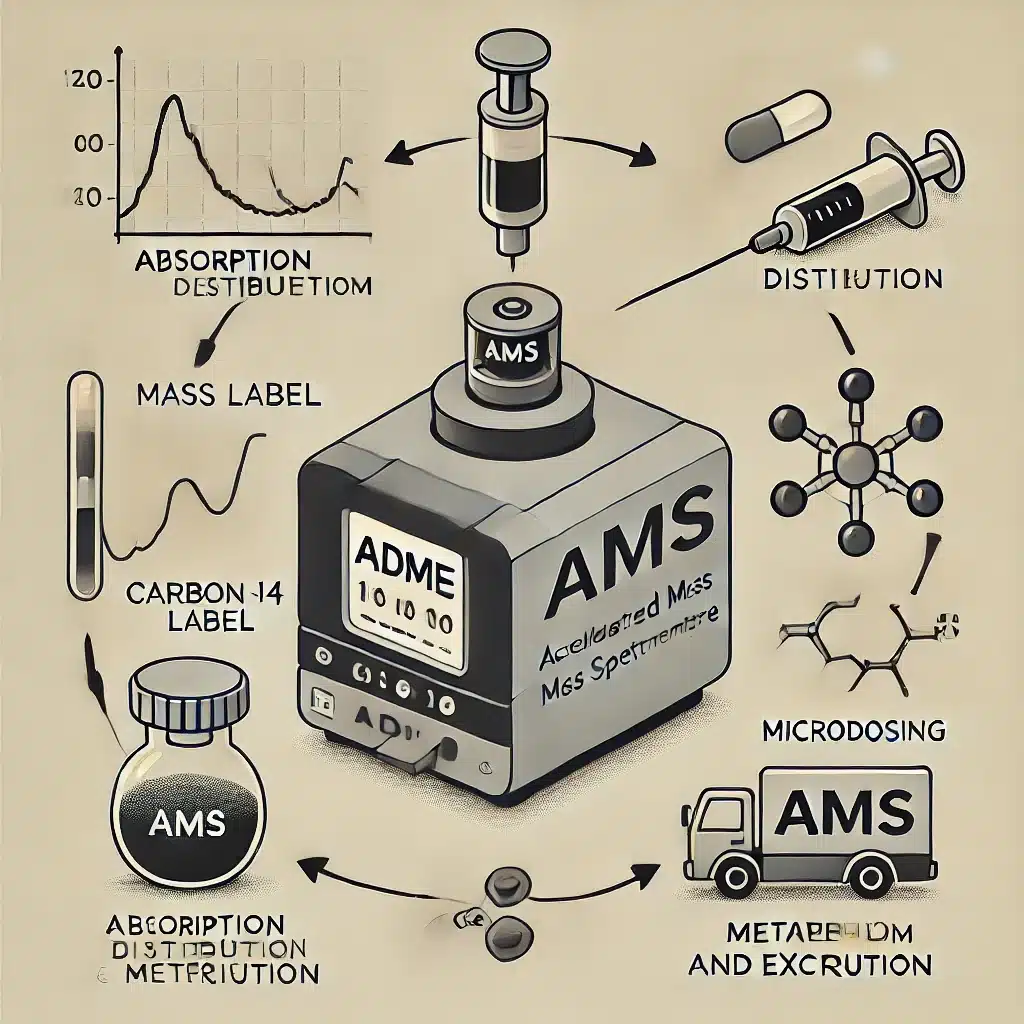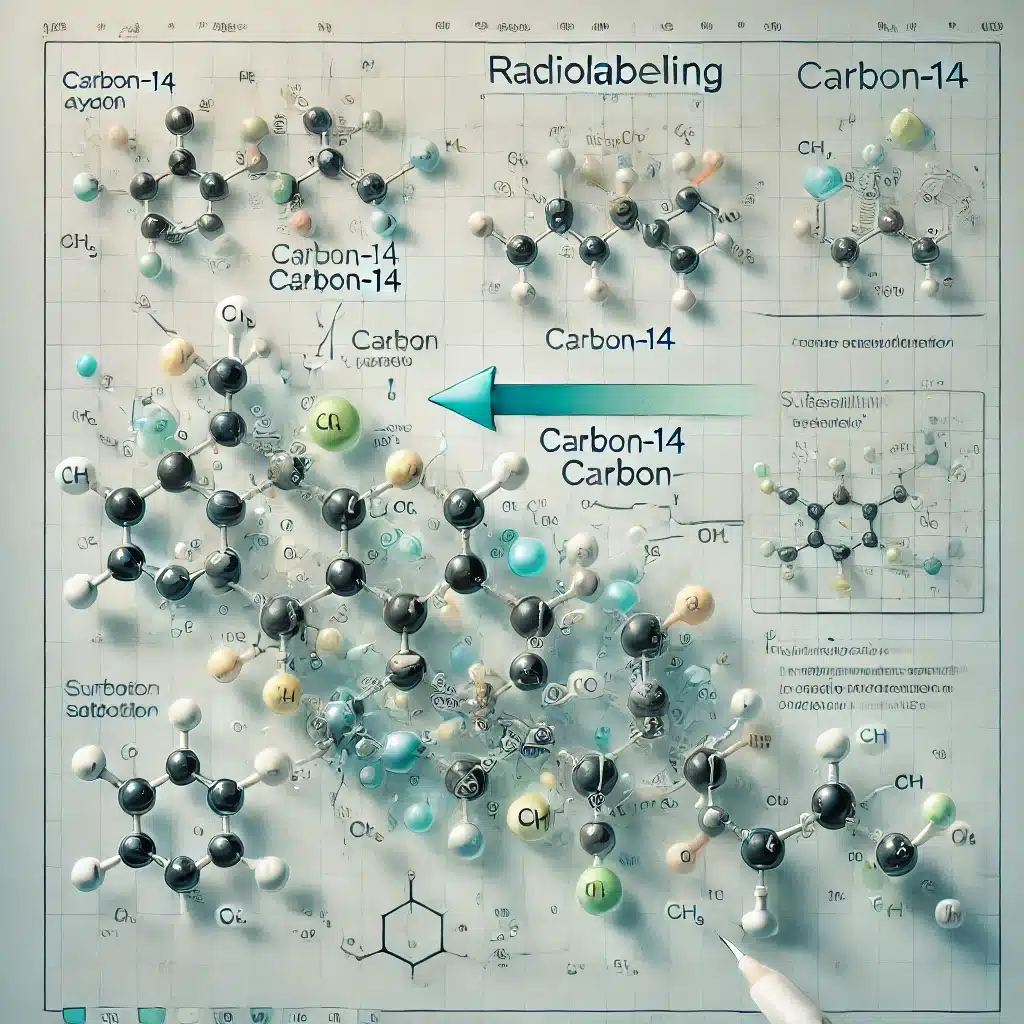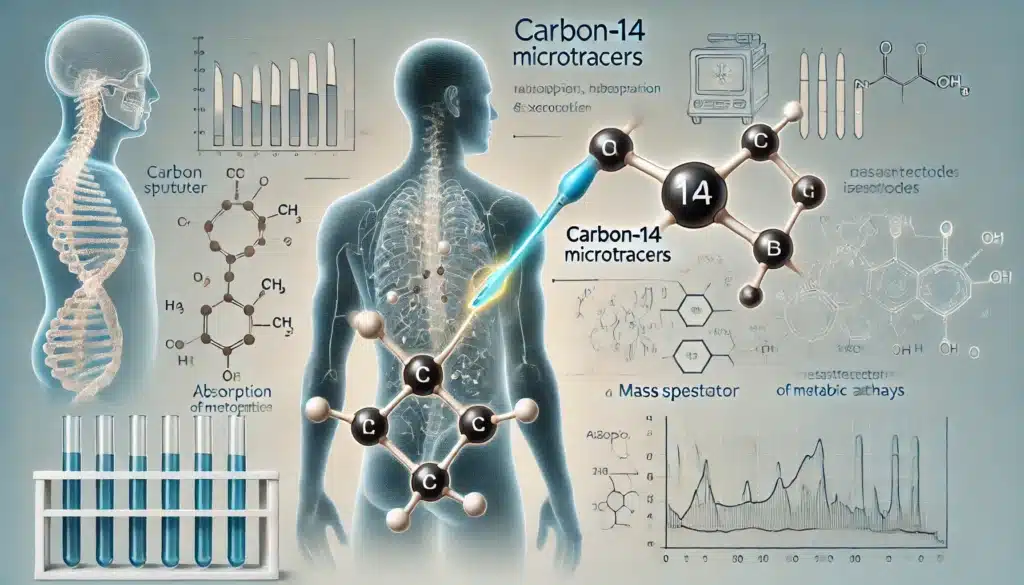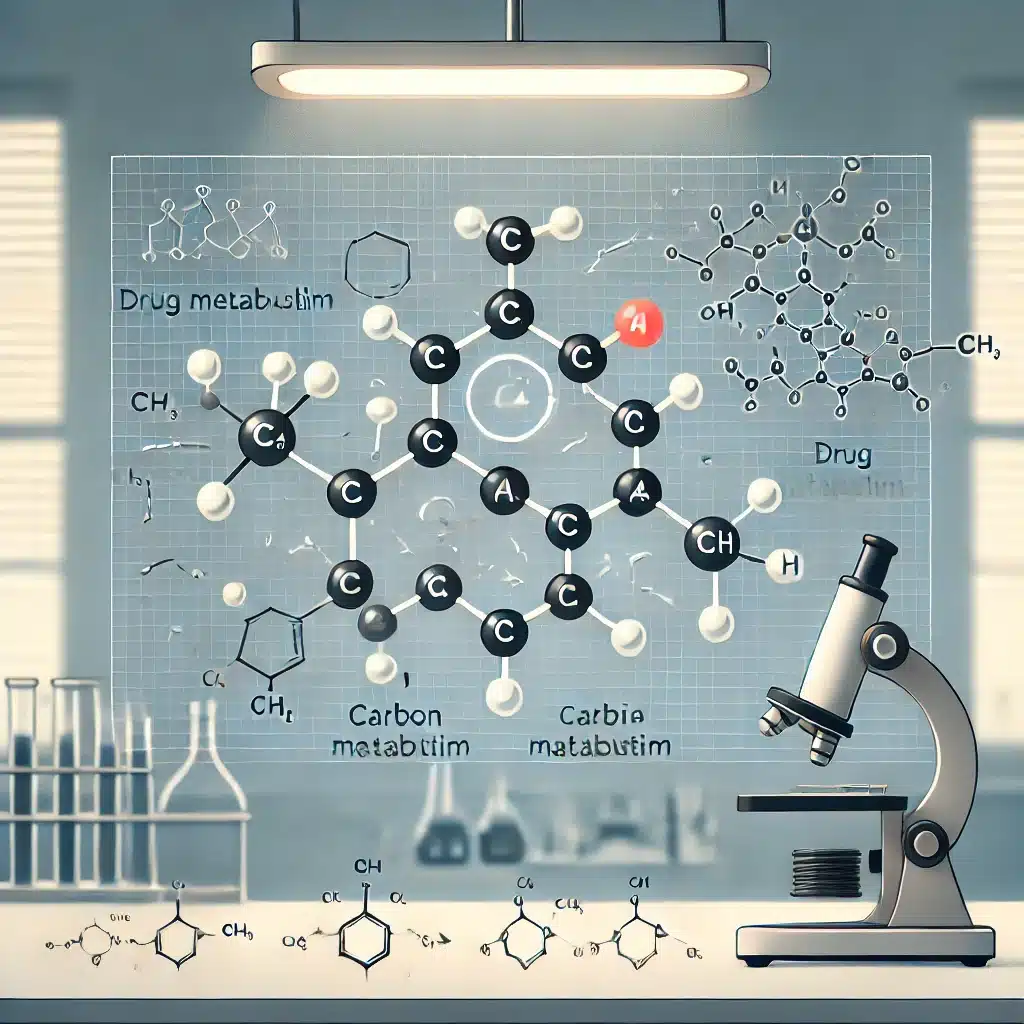Summary: The radioactive decay of Carbon-14 (C-14) has transformed multiple scientific fields, particularly archaeology, geology, and environmental science. This article explores the origins and properties of Carbon-14, the mechanics of its radioactive decay, and its practical applications, with a particular emphasis on radiocarbon dating. Understanding the underlying principles of Carbon-14 decay provides insight into how scientists calculate the ages of organic materials, environmental samples, and even geological formations. Additionally, the article addresses the challenges and limitations associated with C-14 dating and discusses the potential future directions in research involving this isotope.
Introduction to Carbon-14
Carbon-14, or radiocarbon, is a radioactive isotope of carbon that has six protons and eight neutrons in its nucleus. Unlike the more stable Carbon-12 and Carbon-13 isotopes, Carbon-14 is unstable and undergoes radioactive decay. This decay process is key to understanding how scientists use Carbon-14 to date once-living organisms and, in some cases, inorganic materials that interacted with living organisms, like carbonates in soils or shells.
The Formation of Carbon-14 in Nature
Carbon-14 is continuously formed in the upper atmosphere through interactions between cosmic rays and atmospheric nitrogen. When cosmic rays collide with nitrogen-14 (N-14) atoms, a nuclear reaction takes place:
N-14 + neutron → C-14 + proton
This reaction converts nitrogen-14 into carbon-14, which then combines with oxygen to form carbon dioxide (CO₂). Through photosynthesis, plants absorb this radiocarbon dioxide, and animals, in turn, consume these plants, incorporating Carbon-14 into their bodies. As long as an organism is alive, it maintains a constant ratio of Carbon-14 to Carbon-12 in its tissues. However, once it dies, it no longer absorbs carbon, and the Carbon-14 present within its tissues begins to decay.
Radioactive Decay Process of Carbon-14
Carbon-14 undergoes beta decay, a process in which it transforms back into nitrogen-14 by releasing a beta particle (an electron) and an antineutrino. The radioactive decay of Carbon-14 follows a predictable pattern known as a half-life, the time required for half of the Carbon-14 in a sample to decay.
The half-life of Carbon-14 is approximately 5,730 years. This relatively long half-life makes it ideal for dating ancient biological materials. During the decay process, each atom of Carbon-14 transforms back into nitrogen-14, reducing the original concentration of Carbon-14 over time.
Decay Equation and Half-Life
The rate of decay of Carbon-14 can be mathematically represented by the following equation:
N(t)=N0e−λt
Where:
- N(t) is the amount of Carbon-14 remaining at time t
- N0 is the initial amount of Carbon-14
- λ is the decay constant, and
- t is the time since the organism’s death
The decay constant λ is related to the half-life (t1/2) by the formula:
λ=ln(2)/t1/2
By measuring the remaining amount of Carbon-14 in a sample and comparing it to the initial amount assumed to be in equilibrium in living organisms, scientists can estimate the time that has passed since the organism’s death.
Radiocarbon Dating: Practical Applications
The decay of Carbon-14 is the foundation of radiocarbon dating, a technique that has become invaluable in archaeology, palaeontology, and other sciences that study past events. By measuring the remaining Carbon-14 in organic samples, scientists can estimate the age of the sample within a reasonable margin of error. Radiocarbon dating has been used to date items as varied as ancient manuscripts, tree rings, and the remains of prehistoric animals.
Procedure of Radiocarbon Dating
To perform radiocarbon dating, scientists collect a small sample of the material to be dated. They measure the amount of Carbon-14 present using techniques such as accelerator mass spectrometry (AMS) or liquid scintillation counting. AMS is particularly useful because it directly counts the Carbon-14 atoms rather than measuring decay events, allowing for greater sensitivity and precision in samples with minimal Carbon-14 content.
After quantifying the Carbon-14, scientists apply the decay equation to calculate the time elapsed since the organism’s death. This process provides an estimate of the sample’s age, which can then be used to contextualise findings within a historical or geological framework.
Applications in Archaeology and History
Radiocarbon dating has profoundly impacted archaeology by enabling researchers to date ancient artefacts, including pottery, textiles, and even human remains. By determining the age of such items, archaeologists can piece together chronological timelines, understand cultural developments, and explore how civilisations evolved.
One famous example of radiocarbon dating is the analysis of the Dead Sea Scrolls. By dating the scrolls’ organic material, scientists confirmed their origin to the 3rd century BCE, providing insight into ancient Jewish and early Christian traditions.
Environmental and Geological Applications
Beyond archaeology, Carbon-14 dating has applications in environmental science and geology. Carbon-14 is naturally present in the environment, and its distribution can provide insights into historical climate conditions, carbon cycles, and environmental changes. For example, scientists can use Carbon-14 dating to study the age of glaciers or sedimentary deposits, which in turn helps in understanding past climate patterns and the earth’s response to environmental shifts.
Limitations of Carbon-14 Dating
Although Carbon-14 dating is powerful, it has several limitations. The technique is only effective for dating samples up to around 50,000 years old, beyond which the remaining Carbon-14 concentration becomes too low for accurate measurements. Other factors that can affect the reliability of Carbon-14 dating include:
- Contamination: If the sample has been contaminated with newer carbon sources, it can result in inaccurate age estimates. Contamination can occur if the sample was handled improperly or exposed to modern carbon sources, such as conservation materials.
- Atmospheric Variations: The production rate of Carbon-14 in the atmosphere is not entirely constant; it has varied due to changes in solar activity and earth’s magnetic field over time. Calibration curves, based on dendrochronology (tree ring dating), have been developed to correct for these variations and improve dating accuracy.
- Reservoir Effect: In some environments, particularly aquatic ecosystems, the apparent age of carbon can be older than its actual age due to the presence of “old carbon” from marine or freshwater sources. This phenomenon, known as the reservoir effect, needs to be accounted for in radiocarbon dating to avoid overestimating the age of samples.
Future Directions in Carbon-14 Research
As analytical techniques advance, Carbon-14 dating has grown more sophisticated and accurate. New technologies, such as improved mass spectrometry and isotopic analysis, allow for more precise measurements with smaller sample sizes. This is particularly important for studying rare or precious artefacts where only minimal sampling is feasible.
Ongoing research focuses on further refining the calibration curves used in Carbon-14 dating, particularly by cross-referencing other dating methods, like luminescence dating or uranium-thorium dating, with Carbon-14 data. Additionally, researchers are exploring ways to minimise the impact of contamination and enhance the sensitivity of measurement techniques to allow even older samples to be dated accurately.
Carbon-14 as a Tracer in Biochemistry and Medicine
Apart from dating, Carbon-14 is also valuable as a tracer isotope in biochemical and medical studies. Due to its radioactive nature, Carbon-14 can be incorporated into molecules to trace chemical pathways within organisms, which is beneficial for understanding metabolic processes and drug development.
Ethical and Practical Considerations
The use of Carbon-14 in research, particularly for dating human remains, has raised ethical considerations in some communities. Respecting cultural heritage and adhering to ethical guidelines is essential when applying Carbon-14 dating, particularly for indigenous artefacts or sacred remains. Transparency with indigenous communities and stakeholders, as well as adherence to ethical standards, can mitigate conflicts and support inclusive scientific research.
Conclusion
The radioactive decay of Carbon-14 remains an invaluable tool in multiple scientific disciplines, from archaeology to environmental science and beyond. By providing a reliable means of dating organic materials, Carbon-14 decay has transformed our understanding of historical timelines and environmental changes. Although there are limitations and challenges associated with Carbon-14 dating, advancements in technology and calibration methods continue to enhance its accuracy and applicability. As research progresses, the potential of Carbon-14 for even broader applications offers promising opportunities for future scientific discoveries.
Disclaimer
The content provided in this article, Understanding the Radioactive Decay of Carbon-14 and Its Applications, is intended for informational and educational purposes only. It reflects the knowledge and understanding of the subject as of the publication date (31 October 2024) and may not encompass the most recent developments or research in the field.
Open Medscience makes every effort to ensure accuracy and clarity; however, we do not guarantee that all information presented is free from error or omission. This article does not constitute professional advice or consultation in scientific, medical, archaeological, or environmental contexts. Readers should consult qualified professionals before acting on any information contained herein.
References to specific studies, methods, or examples are included to enhance understanding and do not imply endorsement by Open Medscience. Furthermore, ethical and cultural considerations mentioned in relation to Carbon-14 dating should be evaluated in accordance with local laws, traditions, and professional guidelines.
Open Medscience is not liable for any loss, injury, or damage arising from the use of or reliance on the information contained in this publication.
You are here: home » diagnostic medical imaging blog »



